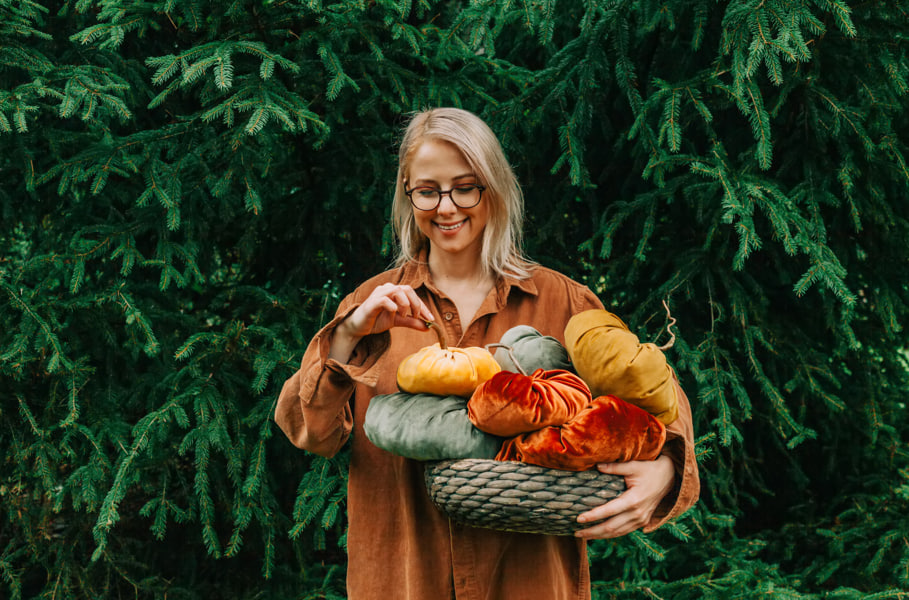Wool felting may begin with a cloud of soft, loose fibers — but with patience and intention, those fibers become strong, structured, and full of life. It’s a transformation that feels almost magical: light wool slowly hardens into expressive, touchable forms that seem to carry emotion and character.
This is the heart of sculptural felting. Unlike flat or decorative felting, sculptural work involves building volume, shape, and texture — giving form to animals, figures, or abstract designs that you can hold in your hands. Every curve, bend, and detail is added layer by layer, poke by poke, until the piece emerges from the wool like a story unfolding.
What makes sculptural felting so special is the intimacy of the process. Your hands are involved in every step, and your vision grows directly from the material. It’s not about replicating something perfectly — it’s about expressing a feeling, an idea, or even just curiosity. The wool responds to your energy, and the result is always uniquely yours.
And the learning curve? Surprisingly gentle. You can begin with simple shapes — a round animal, a flower, a figurine — and gradually evolve your skills. The more you felt, the more control you gain. Over time, you’ll be able to create detailed facial expressions, realistic textures, and dynamic poses.
Sculptural felting is both creative and grounding. It invites you to slow down, focus, and connect with the material in a tactile, intuitive way. Whether you’re crafting a small animal to gift someone, or working on a larger artistic piece, the act of shaping wool into sculpture is deeply satisfying.
In a fast-paced world, there’s something profoundly nourishing about turning soft, raw fiber into solid, expressive form — all with your own hands.

